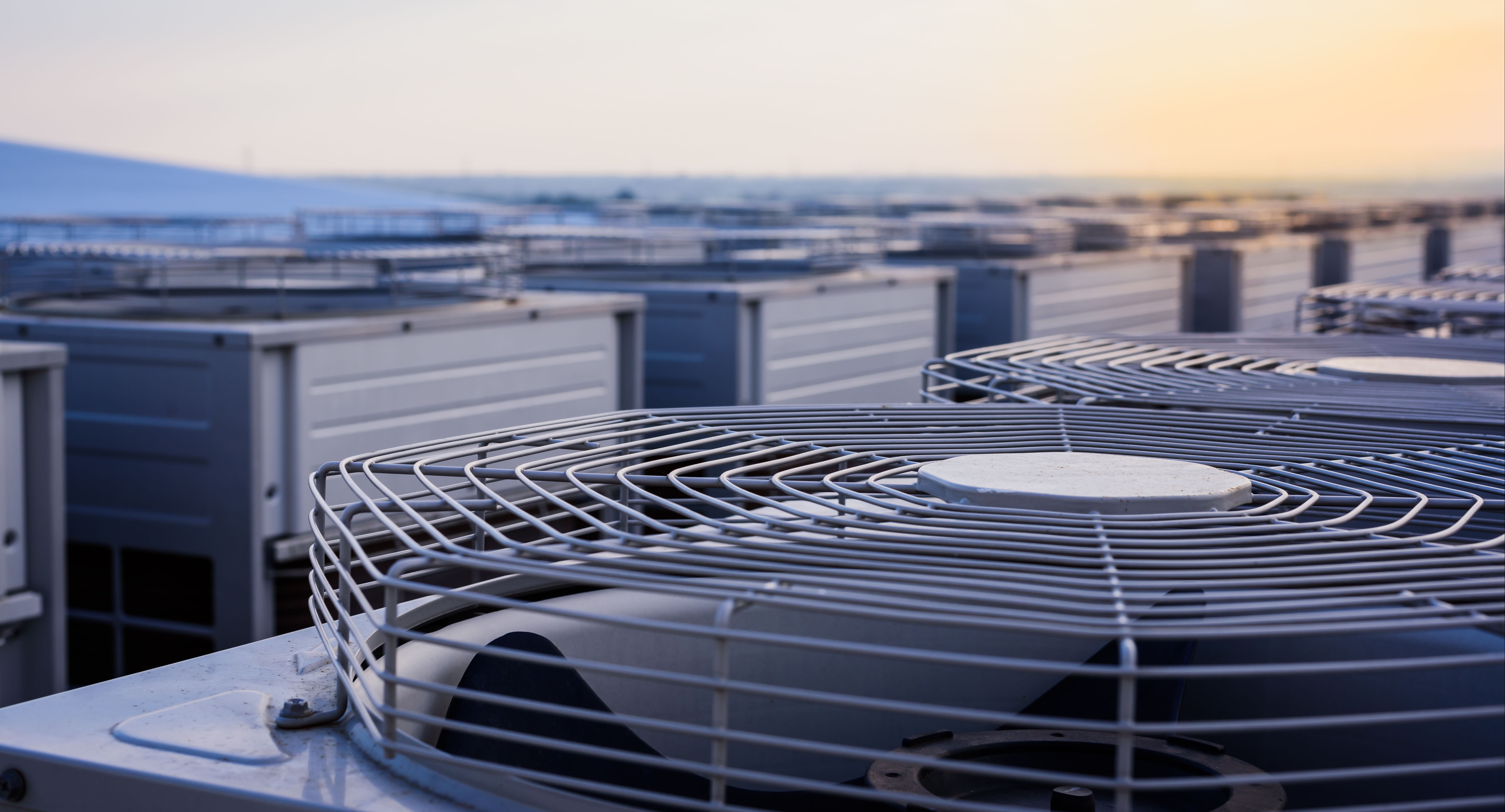Low Carbon Refrigeration Technology for Sustainable Buildings

KEY INFORMATION
Environment, Clean Air & Water - Mechanical Systems
TECHNOLOGY OVERVIEW
Refrigeration and cooling account for a significant fraction of total energy consumption and greenhouse gas (GHG) emission of urban buildings. Conventional vapor-compression refrigeration technology uses GHG refrigerants, e.g., chlorofluorocarbon (CFC) and hydrochlorofluorocarbon (HFC) with high global warming potential (10-300 times of CO2) and they are difficult to be recycled. The coefficient of performance (COP) of vapor-compression refrigeration is 3-4, and it is difficult to be further improved. For the above-mentioned reasons, the existing vapor-compression refrigeration faces challenges to meet the requirement of energy saving and carbon neutrality, and it should be gradually substituted by more environmentally friendly refrigeration technologies.
To overcome this challenge, a zero-GHG-refrigerant and 100%-recyclable solid-state elastocaloric refrigeration technology based on phase-transition shape memory alloys has been developed by a research team based in Hong Kong. Compared to other refrigeration alternatives, the elastocaloric refrigeration completely avoids the use of GHG refrigerants and has very high cooling power and efficiency with a material COP of up to 30. The elastocaloric refrigeration is realised by cyclic compression of nickel-titanium shape memory alloy (SMA) tubes, where the martensite-to-austenite phase transformation absorbs a large amount of heat from the surrounding environment.
By optimizing the tubular structures, the first-generation elastocaloric refrigeration prototype achieved a total cooling power of 218 watt and a temperature span of 75 ℃, which are the highest among existing elastocaloric cooling prototypes. In addition, the COP of the prototype is expected to be about 8. The research team anticipated that a cooling power of 1000 watt will be achieved by this year and 2000 watt in the coming year. They are seeking co-development partnerships with metal manufacturers or device manufacturers based in Singapore to support the scale up of their prototypes.
TECHNOLOGY FEATURES & SPECIFICATIONS
- The research team is building elastocaloric fridges and air conditioners using the technology.
- Two prototypes were built: a fridge with a cooling power of 48 watt, and an air conditioner prototype with a cooling power of 218 watt and a temperature span of 75 ℃.
- The specifications of the elastocaloric air conditioner is listed as follows:
- Driving mode: Compression, spiral-type tubular nickel-titanium
Temperature span: 75 Kelvin
Specific cooling power: 12 W/g
Total cooling power: 240 W
Coefficient of performance: 8.4
Fatigue: 1,000,000 cycles.
POTENTIAL APPLICATIONS
- General households, offices, commercial malls, or any space requiring cooling and refrigeration.
- The elastocaloric cooling/refrigeration is applicable to fridges, air conditioners or any form of refrigeration devices.
Market Trends & Opportunities
The market size for elastocaloric cooling/refrigeration is huge, considering that fridges and air conditioners are essential for modern families, malls, cold-chain transports, etc. According to market reports, the market size for global air conditioning systems and refrigerators alone in 2022 is valued at USD123B and 69B respectively, nearly USD200B altogether; by 2030, it is estimated the combined market will reach over USD300B.
With increasing need for power saving especially in developed economies as well as stringent regulations and policies regarding improved ways of energy utilization coupled with enhanced consumer awareness is expected to boost the demand. Hence, alternative products that can replace the use of refrigerants that contribute to global warming are projected to accelerate the growth of market over the forecast period.
The elastocaloric cooling/refrigeration is attractive to the market, because it is environmentally friendly and helping consumers to save electricity costs by enhancing the COP.
Unique Value Proposition
The elastocaloric fridges and air conditioners have the following unique value propositions and features:
- Completely avoid the usage of GHG refrigerants.
- SMA refrigerants are in solid state.
- Entropy change of nickel-titanium SMA can reach 0.32 J·cm−3·K−1, over 9 times of that of HFC-32.
- Save energy by increasing the COP of up to 8.
- Ultralong fatigue life withover 108 cycles of operations and is expected to be functional for up to 10 years.
- The core SMA material is a typical smart material and is 100% recyclable.
- Controllable and programmable with smart sensors and control systems. The sensors can sense the temperature change in the environment and the device can adjust the operating frequency for both rapid cooling and energy-saving purposes.
